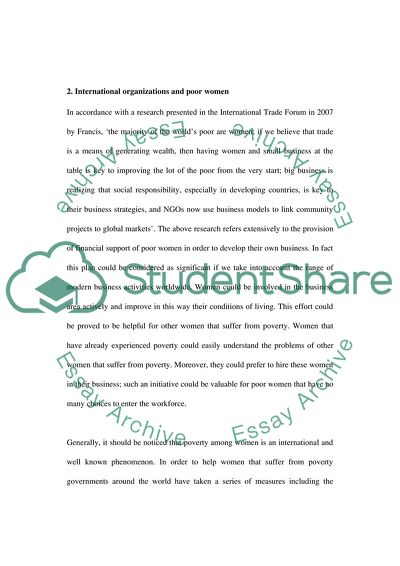Cite this document
(Microfinance as a Development Strategy amongst Poor Women Case Study, n.d.)
Microfinance as a Development Strategy amongst Poor Women Case Study. Retrieved from https://studentshare.org/macro-microeconomics/1709765-critically-evaluate-microfinance-as-a-development-strategy-amongst-poor-women
Microfinance as a Development Strategy amongst Poor Women Case Study. Retrieved from https://studentshare.org/macro-microeconomics/1709765-critically-evaluate-microfinance-as-a-development-strategy-amongst-poor-women
(Microfinance As a Development Strategy Amongst Poor Women Case Study)
Microfinance As a Development Strategy Amongst Poor Women Case Study. https://studentshare.org/macro-microeconomics/1709765-critically-evaluate-microfinance-as-a-development-strategy-amongst-poor-women.
Microfinance As a Development Strategy Amongst Poor Women Case Study. https://studentshare.org/macro-microeconomics/1709765-critically-evaluate-microfinance-as-a-development-strategy-amongst-poor-women.
“Microfinance As a Development Strategy Amongst Poor Women Case Study”. https://studentshare.org/macro-microeconomics/1709765-critically-evaluate-microfinance-as-a-development-strategy-amongst-poor-women.


